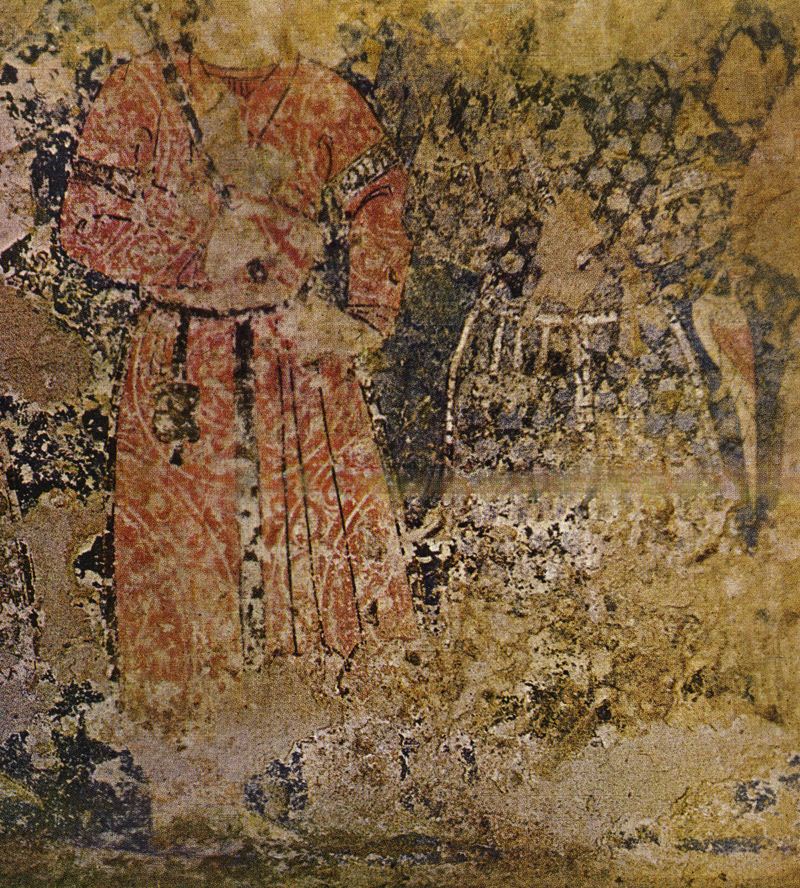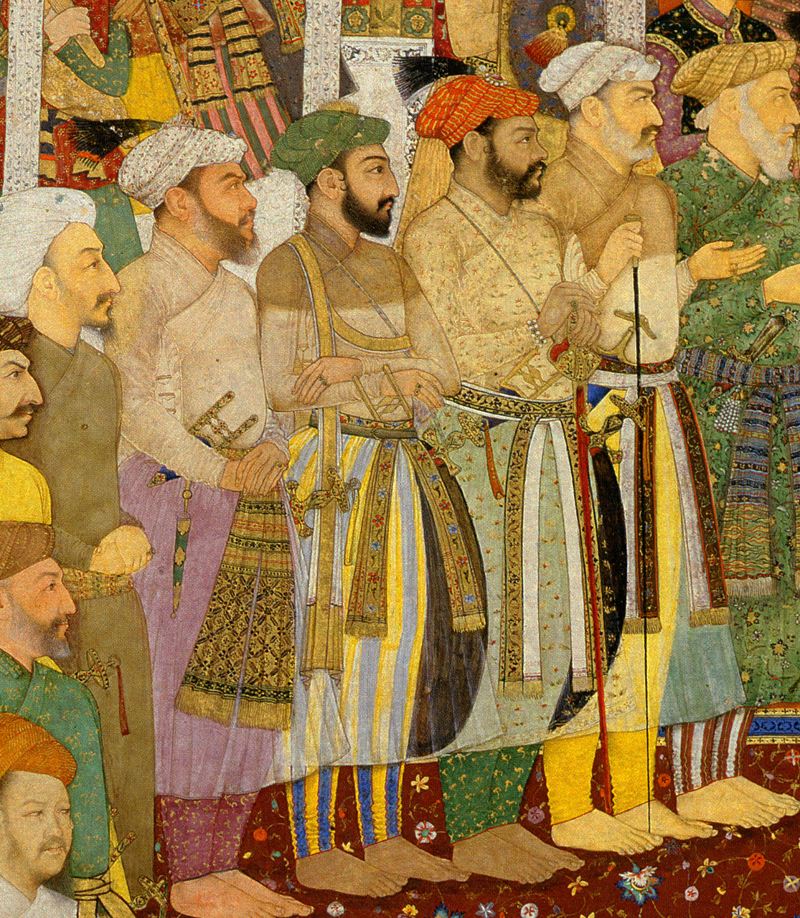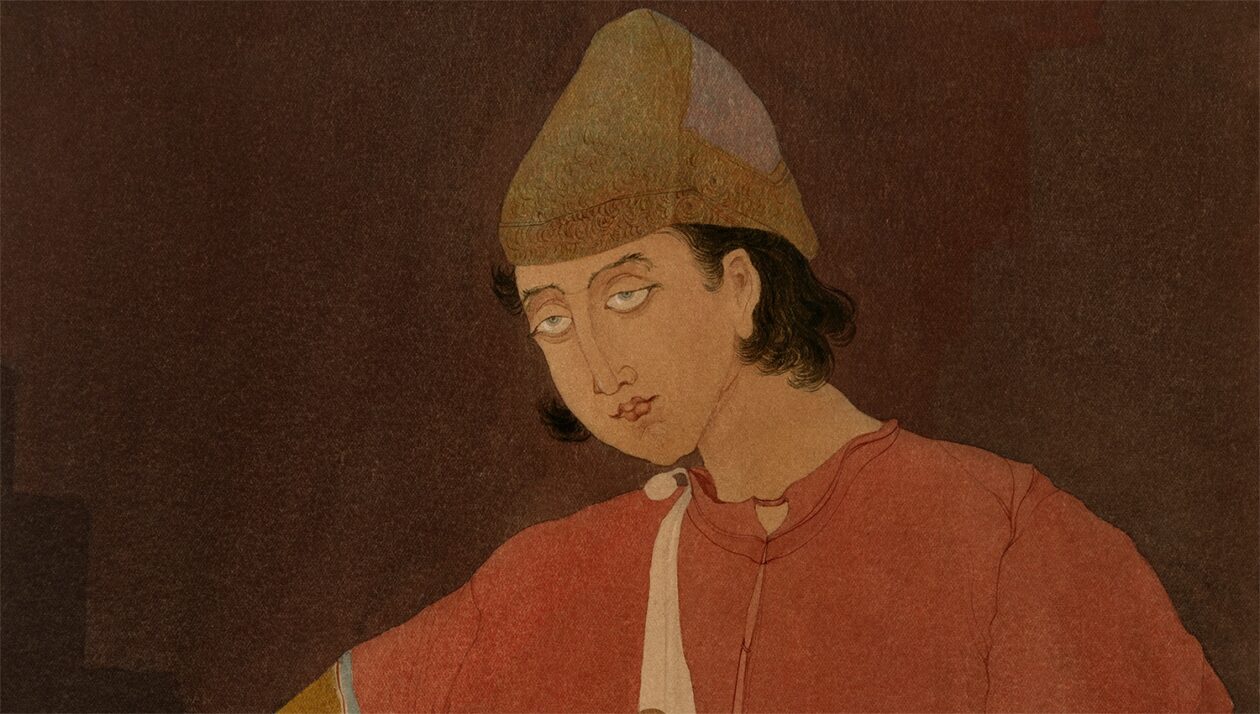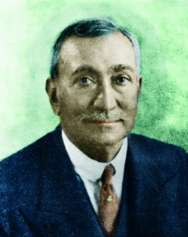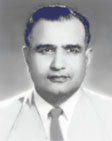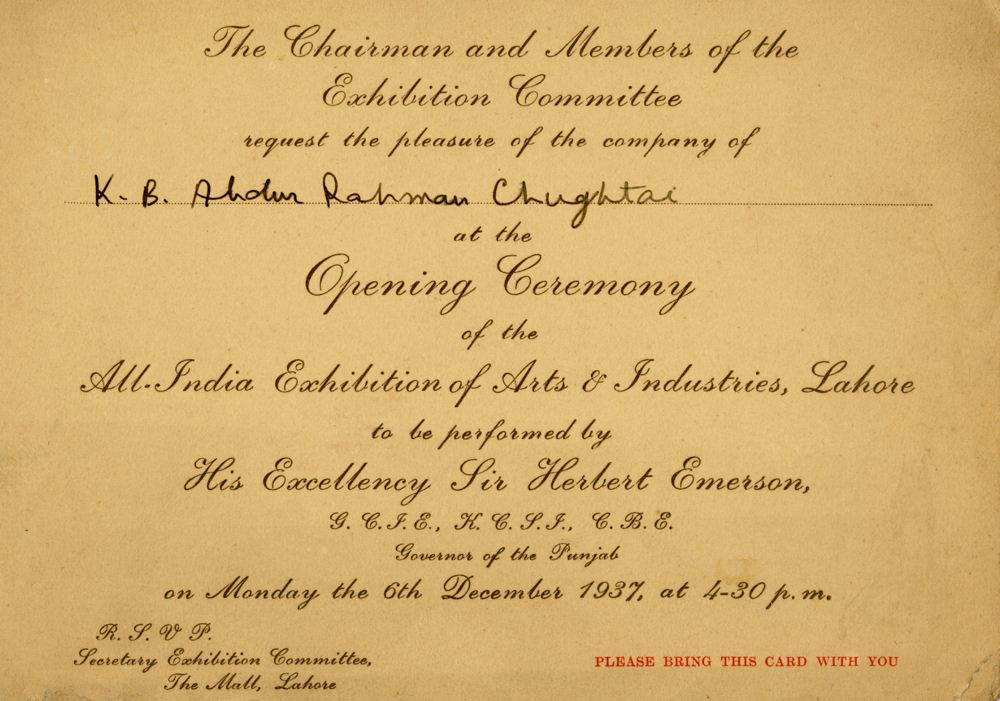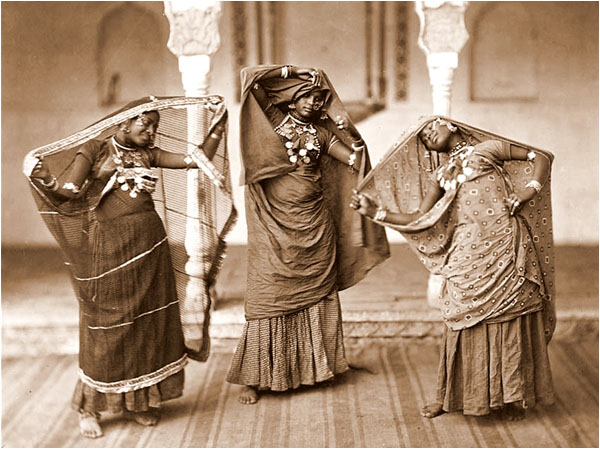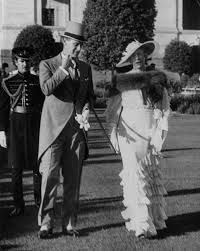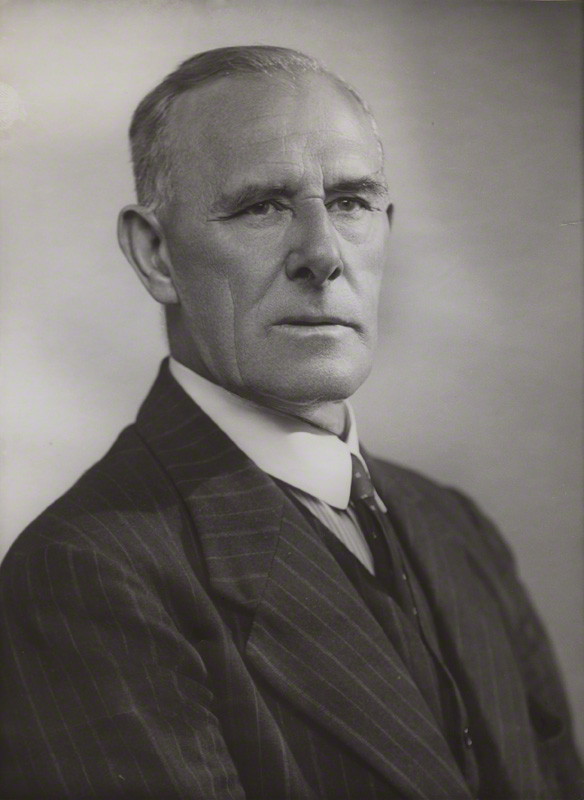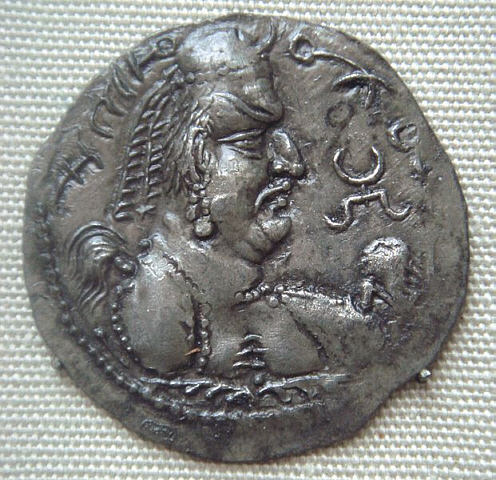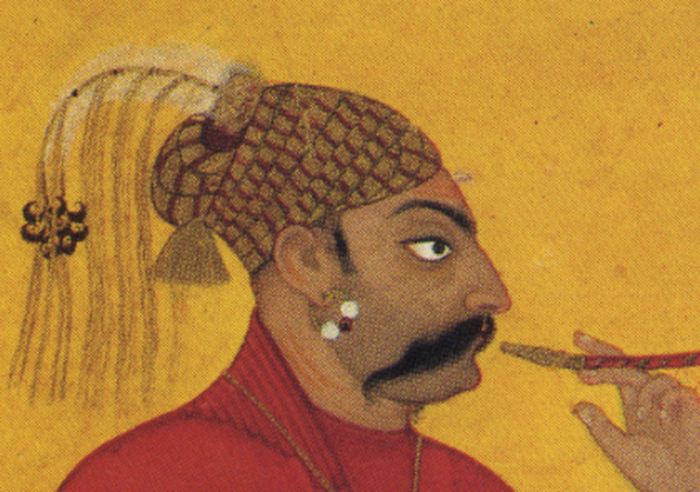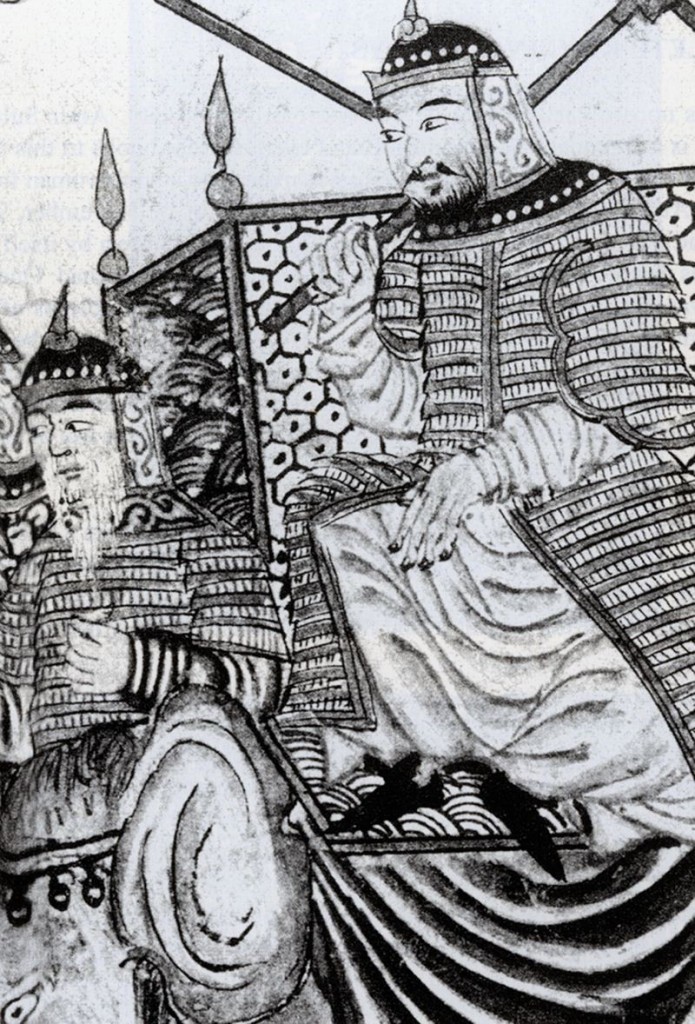FASHION CONSCIOUS MUSLIM DANDIES
A DIFFERENT IMAGE FROM IMAGINED PLAIN FOLKS
Islamic consciousness of dress and design

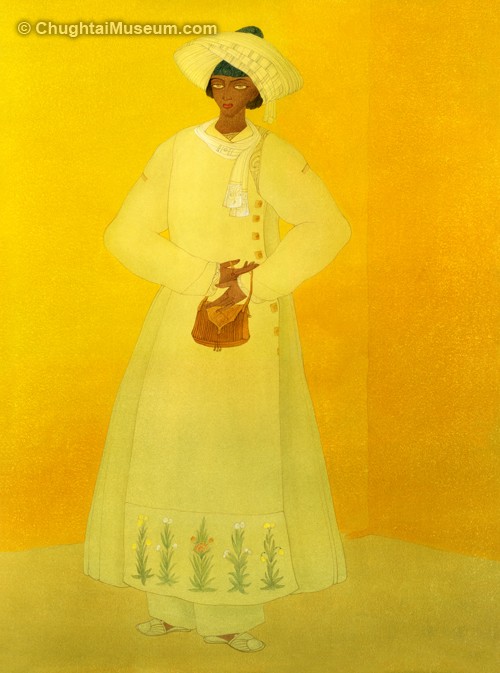
An image of Islamic past is given to us of bearded men with simple and torn clothes, longing for invisibility of existence. This stereotype imagery is not true in any way. We have imagery of men in Arabia before the incept of Islam, and although it was a fashionable society in all ways, yet the imagery is of full naked or semi naked men, moving around like barbarians. Of course due to its egalitarian nature, affluence did not catch up with the Muslims immediately but fashion conscious they were in all ways, and not only men in power at the top. But also people in general.


We have many initial images of Muslim men and their dress code. The earliest perhaps are from Samarra, Iraq itself and we find men dressed in exquisite suits, full of naqashi designs. A flowery dandy in all ways. Simlarly in Ghaznavi, in Lashkar Bazaar palace, we find imagery of the Ghaznavids on the walls in same intricately designed dresses, full of beauty and impetus. Look at the images of Mughals in court and you find the full splendour of Muslims in their dressing best. This continues in all times and we find a working dress code as well as a dressing code. We find affinity in often termed as the phrase wearing their SUNDAY BEST. Perhaps for us it was our FRIDAY BEST. Today we find in Arabian societies white dress code literally like coffins but that was never the case in the past.

In our region too, fashion dandies were always there. Even old men are seen wearing their best and that is flowery in designs too. So remove the image of non aesthetic Muslim society. If we have become one now, it was never always the case. The local population could walk around semi dressed as the Rajahs, who delighted in having their upper portion without clothes and a dhoti thing around them. The Muslims wore full clothes but started using low density thin clothes, with pores in it, for summer wear. Know that? So when you see Muslim youths trying their best in different clothes of different origins, it is nothing new. Muslims were fond of dressing up in dresses of other regions. And if today’s youth, borrow from Western dress, it is all acceptable as part our culture. It is traditions like anything else.
